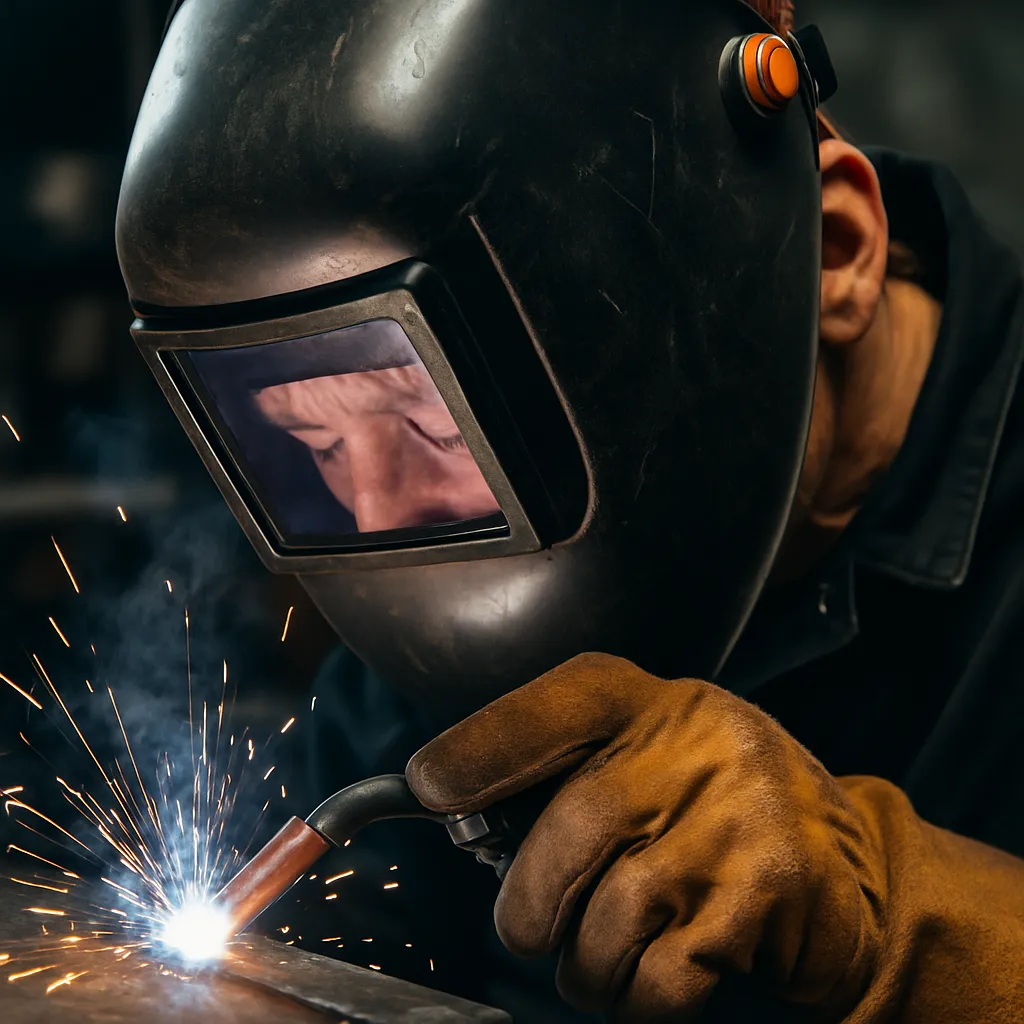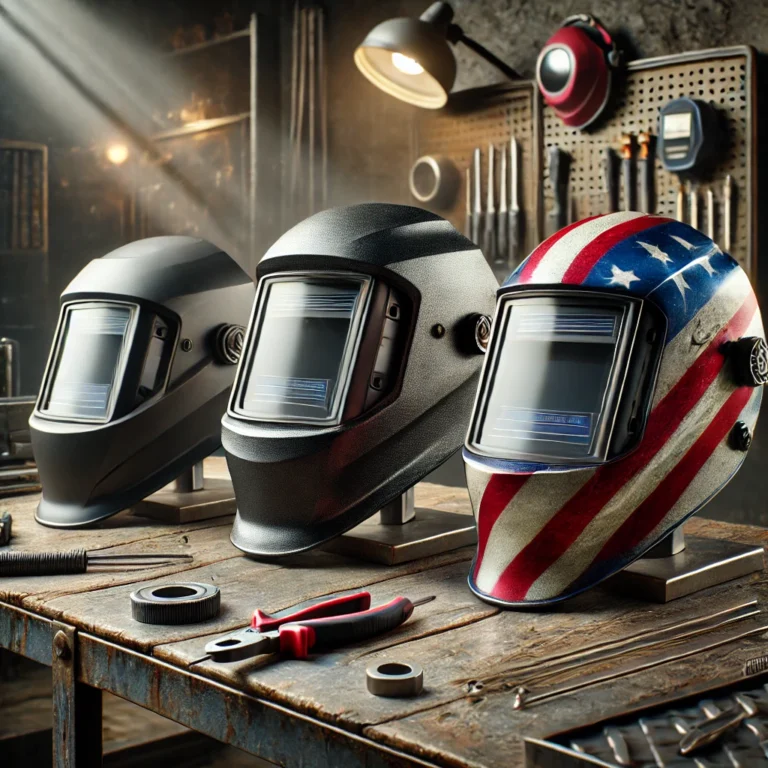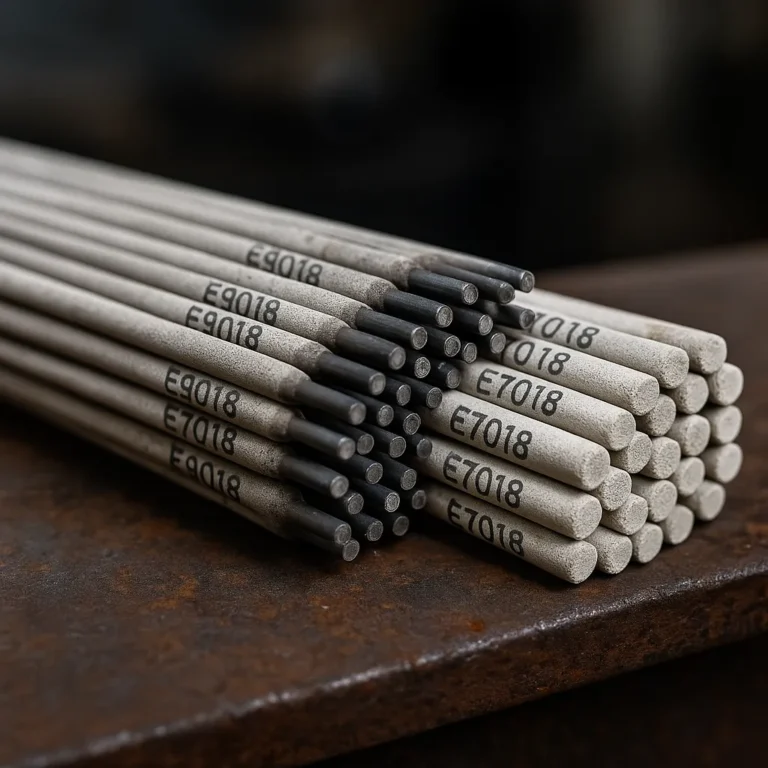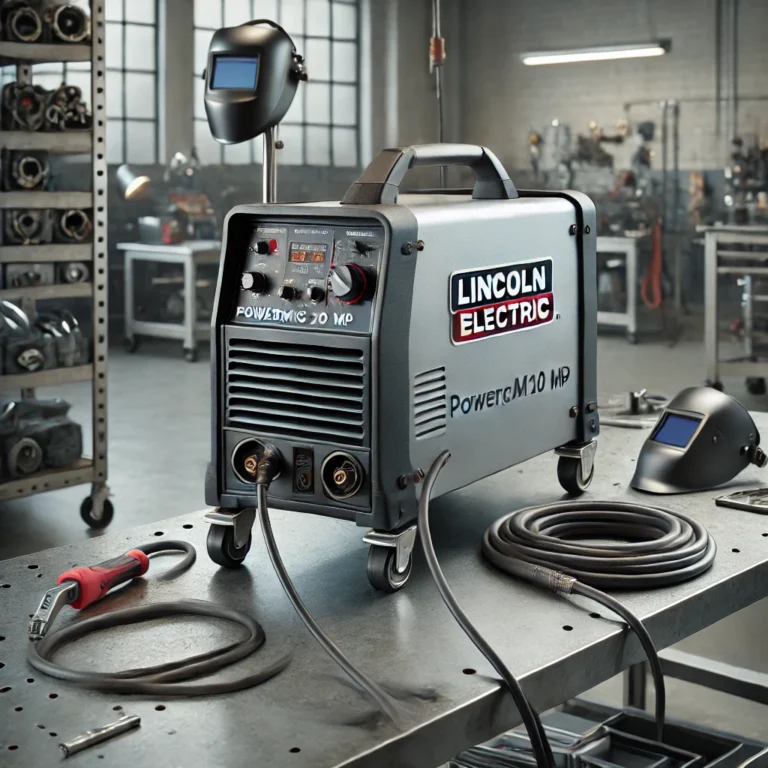Does Welding Damage Your Eyes Even with a Mask On: What to Know

Disclosure: This post contains affiliate links. As an Amazon Associate, I earn from qualifying purchases—at no extra cost to you.
Wearing a welding helmet is essential—but that doesn’t mean you’re fully protected from eye damage. Even when you’re suited up, there are a few common risks that can still affect your vision if your helmet isn’t doing its job or you’re using it in ways that leave gaps in coverage.
Let’s look at how and why your eyes might still be at risk, and what you can do to stay protected every time you strike an arc.
Not All Helmets Offer the Same Level of Protection
The quality of your helmet plays a big role in how well your eyes are shielded. Helmets that meet ANSI Z87.1+ standards block nearly all UV and infrared radiation, even when the lens is in its light state. But some helmets—especially budget models—may not respond quickly enough or provide enough shade for your specific process.
Welders often mention in forums that their helmets sometimes let a flash slip through. This usually happens when a sensor is blocked or the switching speed isn’t fast enough. Over time, these brief flashes can lead to eye strain or even arc eye. To avoid this, many experienced welders recommend helmets with switching speeds of 1/10,000 second or faster and a shade level matched to the type of welding you’re doing.
Eye Fatigue Is Common, Even with Good Gear
You don’t have to experience a full-on flash to feel the effects of welding on your eyes. Many welders report fatigue, dryness, and blurry vision after long sessions under the hood. These symptoms often stem from prolonged focus, poor shop lighting, or straining to see your work clearly through the lens.
Some small-shop welders deal with this by constantly lifting their hood to check the weld, which can expose their eyes to indirect light. A better solution is improving your shop lighting or using a helmet with a clearer viewing window, which helps you see the puddle without having to flip your hood.
Reflections Can Still Cause Exposure
Even if your helmet is functioning properly, light from the arc can bounce off nearby surfaces and reach your eyes from the side. This is especially common when welding near reflective materials, in corners, or around light-colored walls.
Welders who work in garages or tight spaces often notice a sunburned feeling on their face or eyes—despite keeping their helmet down the whole time. This happens when the helmet doesn’t offer enough side protection or when reflective surfaces aren’t properly blocked off. To fix this, many welders add side shields, wear high-collar jackets, or position themselves to avoid arc reflections.
Watch for Signs That Something’s Wrong
If your eyes feel gritty, overly sensitive to light, or just off after a weld session, it’s a red flag. These are signs of arc eye, which can happen even with a helmet if your gear is failing or you’re exposed during quick hood flips.
Double-check that your helmet lens is clean, undamaged, and still reacting as it should. Also, make sure you’re using the right shade level for the amperage you’re running. And if your helmet’s several years old or acting up, it might be time to replace it—before your eyes pay the price.
Conclusion
A good welding helmet goes a long way in protecting your eyes—but it’s not a guarantee against damage. Reflections, light leaks, slow sensors, and worn-out gear can all leave you exposed. The best way to stay safe is by using a quality helmet that reacts fast, fits well, and suits your welding type.
Pay attention to how your eyes feel after each session. If you’re noticing discomfort or strain, it’s worth reviewing your gear and setup. Your vision’s too important to take chances with.






